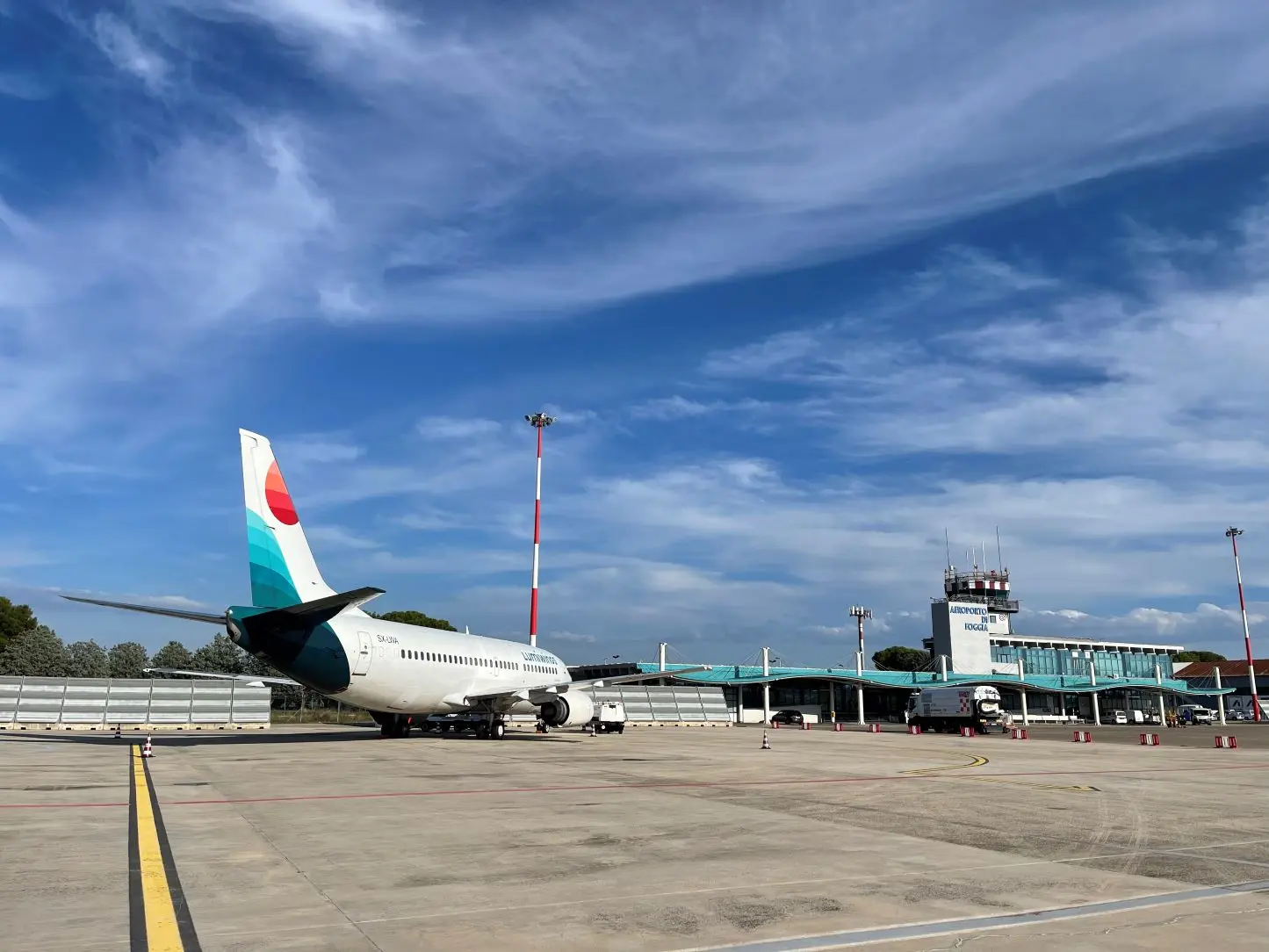Aeroporti di Puglia has 'gone all out' by exceeding 10 million passengers in 2024 for the first time in its history. President Antonio Maria Vasile reflects on this achievement and the company's new objectives to capitalise on development opportunities after becoming part of the Aeroporti 2030 association.
President, what is the significance of the four airports and what future prospects can we envision for the Grottaglie spaceport?
"The airports of Bari, Brindisi, Foggia and Grottaglie , which form the Apulian Airport Network, have different identities and purposes. This is the reason for the decision to provide each with its own identity: the airports of Bari and Brindisi will remain the main passenger hubs, boasting an increasingly broad and strategic network of national and international connections that ties Apulia to the rest of the world, to the advantage of 'incoming' flows. Foggia, which consistently achieves impressive figures, serves a vast area extending beyond the north of Apulia. Lastly, Grottaglie, where the future is already taking shape as we bring our forward-thinking vision to fruition: from a logistics and industrial hub to a pioneering site for developing Italy's first spaceport dedicated to suborbital flights."
What are the technological and digital developments planned?
"We focus on four key areas: enhancing passenger flow management efficiency, implementing digital systems for operations management (such as Acdm, Apoc, and Scada), improving safety and security, and advancing data security and analytics. The plan aims to make the airport system more efficient, secure and in line with industry-specific international regulations and cybersecurity. Projects are underway to improve the efficiency of the Bhs facilities in Bari and Brindisi, and a new centralised control room for airport infrastructure control will soon be available. The last phase will then be aimed at increasing physical security".
Which strategies have been devised for sustainability?
"Sustainability is a major factor in decision-making. Our strategies are part of a broader design of ecological and digital transition, consistent with the objectives of the European Union and the Green Deal. This reflects our commitment to an integrated sustainability, encompassing environment, energy, mobility, and innovation".
What is the plan to develop the business?
"The year 2024 saw unparalleled passenger numbers, and we are committed to sustaining and building upon this growth. Simultaneously, by undertaking rationalisation measures and optimising current spaces in the terminals of Bari, Brindisi, and Foggia, we aim to expand commercial areas to enhance the commercial offer".
What about the routes?
"Following the revolutionary innovation represented by the connection to New York, operating from Bari from the upcoming 4th of June, and the launch of the Foggia - Munich flight, the Apulian airport network guarantees 160 destinations between Bari, Brindisi, and Foggia, covering the main European hubs and continental tourist markets. This ongoing process is so remarkable that new connections to Chișinău, (the capital of Moldova, ed. and Yerevan, the capital of Armenia, have already been announced for the upcoming winter season, marking an unprecedented innovation for Apulia."
How do you perceive the concept of 'passenger experience'?
"Our idea of the passenger experience stems from a very simple but essential concept: every journey begins long before take-off. Our goal is for airports to evolve beyond mere transit areas, becoming welcoming environments of inclusivity and exploration. We envisioned a modern environment, digitalised but with a human touch, where technology does not replace interaction, but makes it smooth, more respectful of the passenger's time and needs. We want our airports to tell the story of Apulia: everyone must feel part of a story as authentic as our land. I frequently say: an airport isn't a mere infrastructure, it is the first smile that greets and the last look that bids you farewell".
Do you have plans for vertiports in the region (e.g. for UAM air taxis)?
"We are developing a secondary airport network project that plans to build platforms in every municipality of the region and in key tourist destinations to accommodate new-generation vertiplanes. This will enable passengers, both arriving and departing, to travel swiftly, efficiently, and in a modern way."
How will you provide accessibility for the country's peripheral areas (SEZs)?
"By seamlessly integrating airports with land infrastructure, including railways and road networks. SEZs are at the heart of our strategy to attract industrial investments related to logistics and advanced manufacturing".
Would you be able to offer us some market predictions for this year?
"Our strategy is based on four key principles. The first is the development of infrastructure capacity, to meet the growing demand and improve the accessibility and connectivity of our airports. The second concerns the adoption of the 'airport of the future' concept, in which digitalisation and technological innovation are utilisied to promote efficiency and environmental sustainability. Additionally, the Foggia airport is being developed as a specialised logistical centre for Civil Defence, the Fire Brigade, and ASL/helicopter emergencies, serving as a prototype for establishing a regional network of vertiports focused on advanced air mobility. Lastly, Grottaglie airport is being transformed into an industrial aviation logistics hub".
In terms of passenger services, what are your expectations?
"We estimate that, by 2035 , the Apulian airport network will reach 15.2 million passengers. In response to this growth, we have initiated an infrastructure adaptation plan, with the first phase already underway (2024-2027). We want to avoid saturation and ensure high service standards and operational efficiency through digital and sustainable solutions".
Which strategies and collaborations does AdP aim to implement within Airports 2030?
"Airports 2030 encapsulates a vision centred on modernisation, innovation, sustainability, and digitisation. We believe that the airports of the future must have a vision of intermodal transport with an approach that favours sustainability and innovation".
